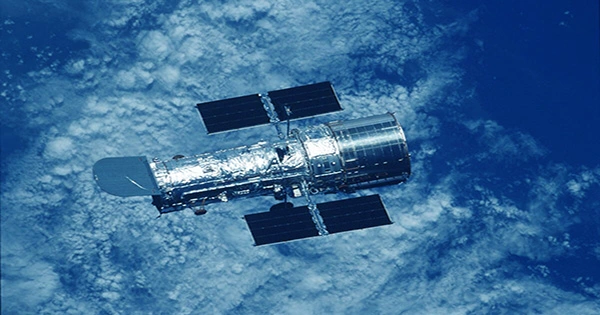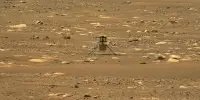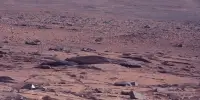Is there anything worse than having a photo of you and your pals that was otherwise perfectly ruined by a photobomb? Imagine that on a cosmic scale — a recent New York Times story expresses concern over how other satellites are photobombing the Hubble Telescope! Since the streaks in the sky can be eliminated using common data reduction techniques, this may not seem like a major deal right now, but the long-term effects are staggering.
In its more than 30 years of operation, the Hubble Telescope has so far achieved numerous impossibilities. The Hubble Telescope’s floating observatory, which flies just 335 miles above Earth, has captured numerous iconic images, including Pillars of Creation, which was taken in 1995 and is regarded as one of the Hubble Telescope’s most recognizable images. The celestial reach of the telescope has increased our knowledge of space and the universe’s apparently limitless size.
Governments and commercial entities have put a lot more satellites into orbit since the first one did so in 1990. Elon Musk’s company SpaceX, whose Starlink satellites will increase their armada to about 42,000 satellites, is one of the offenders. Scientists are concerned that the light being redirected by this film will negatively impact the situation for space-based telescopes like the Hubble Telescope, despite the fact that SpaceX has created methods to darken their satellites using mirror film.
The number of satellites being launched by SpaceX, Amazon, OneWeb, and Galaxy Space will multiply the problem tenfold, despite research suggesting that the Hubble Telescope has a 5.9% chance of capturing another satellite picture as of 2021. The fact that this new generation of satellites has a wider orbit than the Hubble Telescope, which has a comparatively low orbit in contrast, further exacerbates the problem of obstruction.
Even with all of these challenges, the Hubble Telescope is still far from being worthless. The future of the telescope, according to astronomer Mark McCaughrean, “might be 10 or 20 years away, but it’s not inconceivable that there’s a moment in which you say, ‘Let’s not bother anymore,'” he says. The Hubble Observatory may eventually need to be retired, but there are currently too many unknowns to be able to say for sure.
There will be science that cannot be done, says Harvard-Smithsonian astronomer Jonathan McDowell, who weighs in and shows more concern than his contemporaries. There will be sciences that cost a lot more money to conduct. There are going to be items we miss. He has good reason to be worried; as a result of the current space race, NASA will eventually have to decommission the Hubble Telescope.
In a perfect world, the satellite will continue to send us breathtaking pictures for decades to come. The Hubble Telescope is still making ripples in spite of the challenges it faces; just last year, it assisted in the discovery of the oldest star ever seen. We can only watch and see what transpires in the interim. The Hubble Telescope’s legacy will continue to astound us for many years to come because of how much it helped us comprehend the nature of the known universe.















